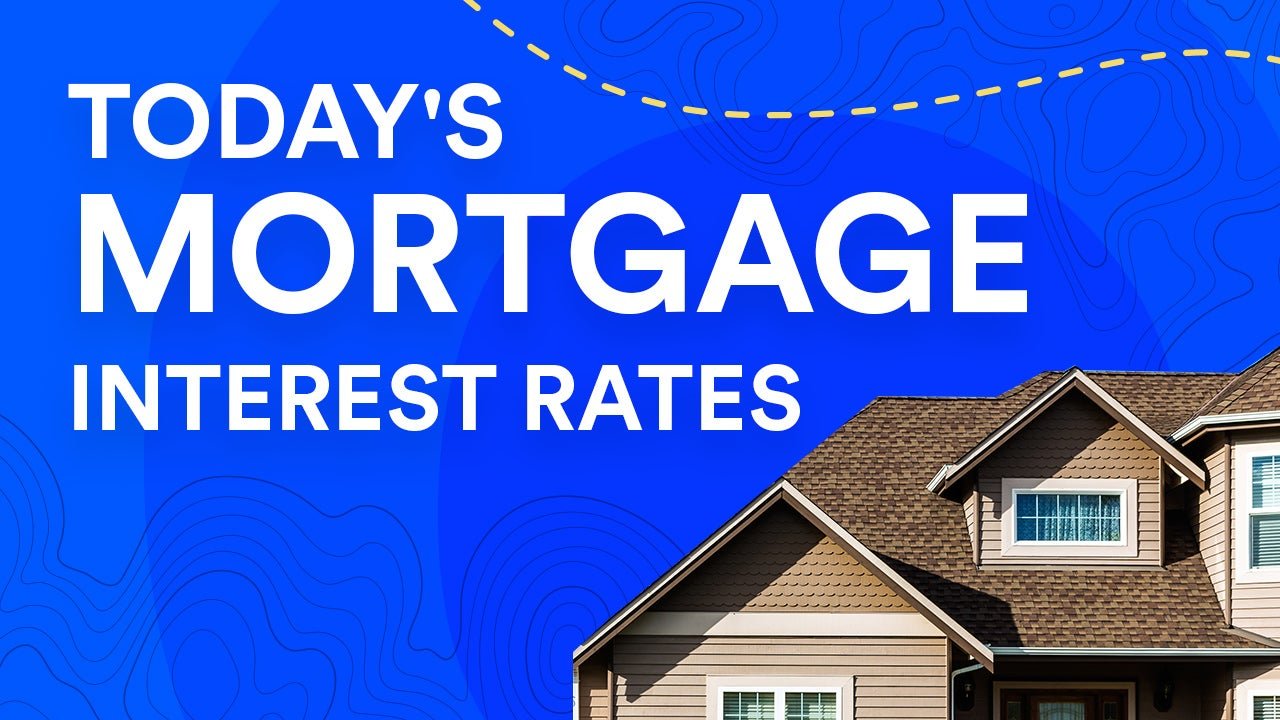Welcome to the Ultimate Guide to Understanding and Comparing Mortgage Rates in the USA for the year 2024!

Whether you’re a first-time homebuyer or a seasoned homeowner looking to refinance, navigating the world of mortgage rates can be overwhelming.
In this comprehensive guide, we’ll break down everything you need to know about mortgage rates in the USA, empowering you to make informed decisions that align with your financial goals.
Understanding Mortgage Rates:
Before we dive into the specifics of comparing mortgage rates, let’s start with the basics.
Mortgage rates refer to the interest charged on a mortgage loan, typically expressed as a percentage.
These rates can vary based on factors such as the type of loan, the borrower’s credit score, and prevailing market conditions.
Types of Mortgage Rates:
When exploring mortgage options, you’ll encounter various types of mortgage rates.
The two primary categories are fixed-rate mortgages and adjustable-rate mortgages (ARMs).
With a fixed-rate mortgage, the interest rate remains constant throughout the life of the loan, providing predictability and stability.
In contrast, ARMs feature interest rates that fluctuate over time, often tied to an index such as the prime rate.
Factors Influencing Mortgage Rates:
Several factors influence mortgage rates in the USA, shaping the borrowing landscape for prospective homeowners.
Economic indicators such as inflation, employment trends, and the Federal Reserve’s monetary policy play a significant role in determining mortgage rate movements.
Additionally, factors specific to individual borrowers, such as credit score and loan-to-value ratio, can impact the interest rates offered by lenders.
Comparing Mortgage Rates:
Now that we’ve covered the fundamentals, let’s delve into the process of comparing mortgage rates.
When evaluating mortgage offers from different lenders, it’s essential to consider not only the interest rate but also the associated fees and closing costs.
A lower interest rate may seem appealing at first glance, but factoring in additional expenses can provide a more accurate picture of the overall cost of borrowing.
Tips for Comparing Mortgage Rates:
- Obtain Multiple Quotes: Don’t settle for the first mortgage offer you receive.
- Instead, shop around and request quotes from multiple lenders to compare interest rates and terms.
- Consider the APR: The annual percentage rate (APR) takes into account not only the interest rate but also other fees and charges associated with the loan.
Comparing APRs can help you assess the true cost of borrowing. - Evaluate Loan Terms: Pay attention to the loan term, which refers to the length of time over which you’ll repay the mortgage. While shorter loan terms typically have lower interest rates, longer terms may offer lower monthly payments.
- Factor in Discount Points: Some lenders offer the option to pay discount points upfront in exchange for a lower interest rate. Consider whether paying points aligns with your financial objectives and break-even timeline.
- Seek Pre-Approval: Obtaining pre-approval for a mortgage can provide you with a clearer understanding of the interest rates and loan options available to you, empowering you to negotiate effectively with lenders.
Understanding Market Trends:
In addition to evaluating individual mortgage offers, it’s essential to stay informed about broader market trends that may impact mortgage rates.
Monitoring economic indicators, such as the yield on Treasury bonds and the performance of the housing market, can offer insights into potential fluctuations in mortgage rates.

Conclusion:
Navigating the world of mortgage rates in the USA requires careful consideration and informed decision-making.
By understanding the factors that influence mortgage rates, comparing offers from multiple lenders, and staying abreast of market trends, you can empower yourself to make confident decisions that support your homeownership goals in 2024.
FAQs:
- How often do mortgage rates change in the USA?
Mortgage rates in the USA can fluctuate regularly based on economic factors and market conditions. It’s essential to monitor these changes when considering a mortgage.
- Are fixed-rate or adjustable-rate mortgages better?
The choice between fixed-rate and adjustable-rate mortgages depends on your individual financial situation and risk tolerance. Fixed-rate mortgages offer stability, while adjustable-rate mortgages may provide initial savings but carry the risk of rate increases.
- What credit score is needed to qualify for competitive mortgage rates?
While specific credit score requirements vary by lender and loan program, generally, a higher credit score increases your chances of qualifying for competitive mortgage rates.
- Can I negotiate mortgage rates with lenders?
Yes, you can negotiate mortgage rates with lenders. It’s advisable to shop around and leverage competing offers to negotiate favorable terms with your preferred lender.
- How can I lock in a favorable mortgage rate?
Many lenders offer the option to lock in a mortgage rate for a specified period, typically ranging from 30 to 60 days. This allows you to secure a favorable rate while finalizing the loan process, protecting you from potential rate increases during that time.
